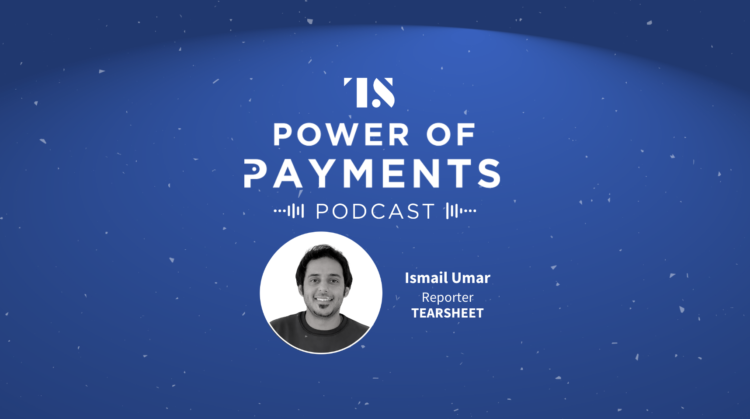Payments, Power of Payments Podcast
Power of Payments Ep. 11: ‘There’s a lot of heart in our business when you really understand our customers’ – Remitly’s Matt Oppenheimer
- Matt Oppenheimer, co-founder and CEO of Remitly, joins host Ismail Umar on this week’s podcast.
- He talks about the evolution of the remittance industry over the last decade, the changing needs of Remitly's customers, the potential role of crypto in remittances, and the future of global money movement.








